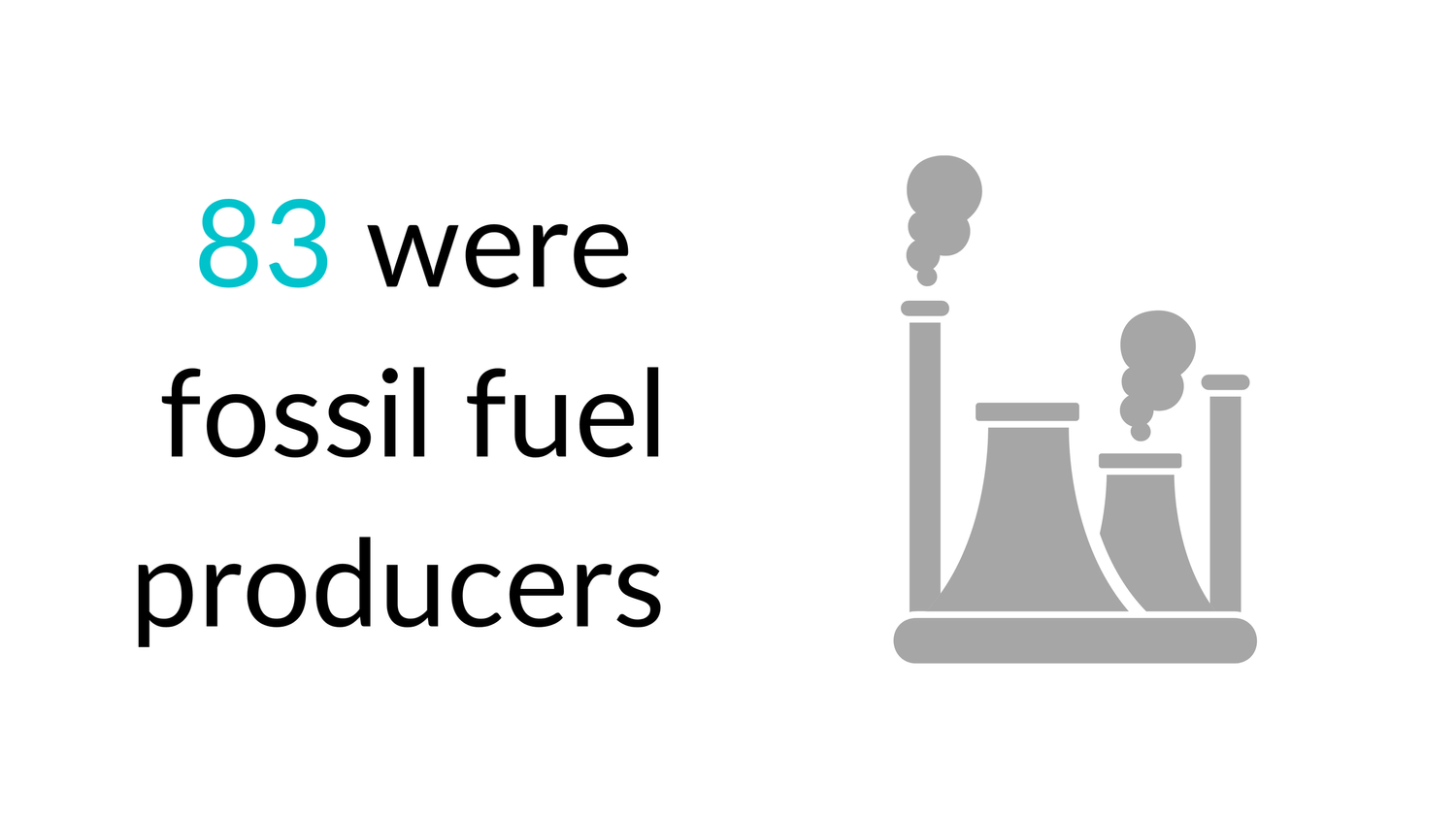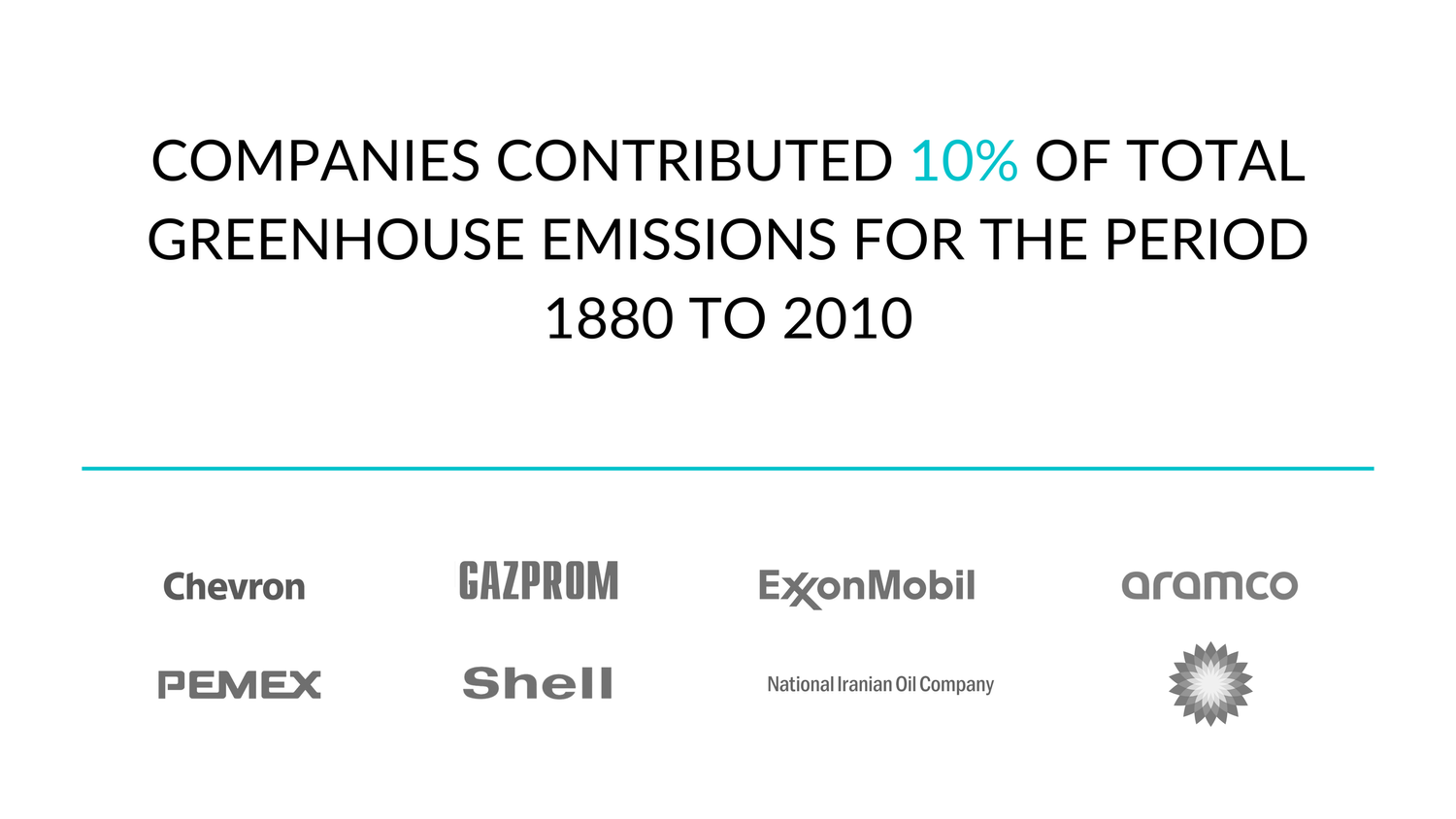Copyright © 2023 Telesto Strategy LLC, All rights reserved.
Anticipating Climate Litigation Risk
New legislative framework spurs action
As the SEC levels up its disclosure requirements, businesses face intensifying regulatory pressure for transparency and accountability related to their GHG (greenhouse gas) emissions and other social and environmental impacts.[1]
Businesses in the US are not alone in feeling the pressure, in fact, they would benefit greatly from studying the playbooks from their European, Australian and other counterparts as the global effort to decarbonize accelerates and manifests in widening and deepening regulation.[2]
When it comes to industry, oil and gas is the primary target of an increasing number of climate activists, environmental lawyers, legislators who seek penalties for damages attributed to these companies’ responsibility for historic carbon emissions. Accordingly, the oil industry is facing a wave of litigation from municipalities that contend that the oil industry should be held liable for damages resulting from climate change.
Climate attribution sciences makes waves
Recent scientific developments related to climate attribution science have drawn significant public attention; climate attribution science makes evidence-based connections between increasingly frequent weather events and greenhouse gas emissions. Connections have been made to California heat waves and Midwest flooding, and the warming of Earth’s climate, which makes all such events more likely.
This domain of attribution science, known as extreme event attribution, may have the power to quantify the contribution of individual companies to climate change.
Source attribution has been progressed by many scientists, and Richard Heede, in particular, is leading the effort. He has dedicated years to compiling a database of historic greenhouse emissions, which has resulted in a 2014 report that traced two-thirds of industrial carbon dioxide emissions, and 43% of total atmospheric carbon increase, to just 90 companies.[3]
Some of the additional key findings from Heede’s calculations:




More recently, Chief Climate Scientist at the Union of Concerned Scientists advanced Heede’s research to its next step of translating these 90 companies’ emission into climate impacts. As a result, scientists concluded that the companies’ emissions drove three inches of sear level rise, nearly half of the seven inches of total sea level rise during the 130-year span.
Attribution science as evidence for climate damages
As could be imagined, potential climate litigants are now anxious to understand the extent to which source attribution can provide evidence in cases that seek reparations for climate damage.
The challenge climate litigators will face, much like the legal history of action against tobacco companies, is that climate attribution is a probabilistic discipline and not deterministic. In simpler terms, scientists can show how climate change may have created conditions that make a drought, flood or fire more likely. However, scientists cannot say emissions were the definite cause of a specific instance of extreme weather.
As was the case with Tobacco litigation, the societal significance of such damages will likely be key for climate damages. Nevertheless, it will be an uphill battle for those making the cases.
However, if a company, as in the instance of Exxon, fully understood the climate danger posed by its business, a company will be more vulnerable. This is why Massachusetts and New York’s efforts to access Exxon’s internal records are so fraught and why the company has pushed back hard as it has to keep the records hidden.
More than half of total cumulative emissions happened after 1986, which was after the oil industry (including Exxon) understood the impact of oil, gas and coal emissions. Many existing lawsuits cite investigative reporting that Exxon Mobil Corp. privately knew in the 1970s that burning fossil fuels would cause catastrophic climate impacts.[4]
US Supreme Court increasing climate litigation risk
These discussions around climate litigation have already ascended to the US Supreme Court, which has rejected a bid by Chevron Corp, BP Plc and other major oil companies to have the court weigh-in on their attempts to keep lawsuits over their contributions to climate change in federal court.[5]
The high court did not explain its reasoning for denying the oil companies’ petition for review of a 9th US Circuit Court of Appeals ruling in the climate change cases (brought by Oakland and San Francisco). The companies had petitioned the justices in January 2021 to grant review in the event defendants did not prevail in a case involving similar allegations, BP Plc v. Baltimore. The Supreme Court ruled in favor of the oil companies in the Baltimore case in May of that same year. Needless to say, this is just the start of a wave of anticipated climate litigation in the US.
Oil companies as canaries in the coal mine
As oil and gas companies face more legal scrutiny for their role in causing climate change, environmental lawyers are turning their attention to another leading sources of planet-warming emissions – the auto industry. Recent investigation found that scientists at Ford Motor Co. and General Motors Co. knew as early as the 1960s that car emissions caused climate changes; in the following decades, however, these companies still decided to ramp up the production of less fuel-efficient trucks and SUVs and lobbied against national and international climate policy.[6]
These actions speak to the broader trend of climate action lawsuits against both governments and corporations have spread across 28 countries. A 2019 London School of Economics study revealed that more than 1,300 legal actions concerning climate change have been brought since 1990. The US is the leader in climate litigation, with 1,023 cases (at the time of the study). Co-author of the report, Joana Setzer, summarized the trend well “People and environmental groups are forcing governments and companies into court for failing to act on climate change, and not just in the US. The number of countries in which people are taking climate change court action is likely to continue to rise.”[7]
Legal reform in the EU opens doors for new climate litigation
US multi-national corporations are familiar with the Brussells effect and should be prepared for more. In October of last year, the EU Parliament gave its final approval to a landmark reform of EU access to justice laws. It lifted the main barriers preventing NGOs and people from challenging environmental wrongdoings in court.
The legal basis of the activity in the EU is the Aarhus Convention, which is an international treaty signed in 1998 by all EU member states as well as the EU in its own right, which enshrines the public’s right to access environmental information, public participation in environmental decision making and access to justice. In 2006 it adopted an EU access to justice law called the Aarhus Regulation, which created an internal review mechanism designed to allow NGOs to ask EU institutions to reconsider their own decisions on the basis that they break the law and bring the matter before the EU Courts if the institution refused to do so.[8]
What happens next? Companies enter a stage of climate action and litigation readiness
As more of these impacts are felt by oil and auto companies, second- and third-degree impacts may come quickly. Businesses with heavy carbon assets must consider downstream impacts and litigation risk and begin due diligence. For those without this type of asset portfolio, a review of partnerships, upstream and downstream carbon emissions and the sustainability of current operating models are all important steps.
How can companies get started with ESG?
With more global leaders recognizing the risks related to climate change, expect to see businesses come under intensifying scrutiny for their ESG practices. The best way to avoid any negative attention is to get ahead of the curve, by learning how to write a report before you are asked if you have one.
Where do you stand in your journey toward sustainability, decarbonization, climate leadership, and ESG investment/reporting?
For more information on next steps:
Related web resources:
Our latest insights




